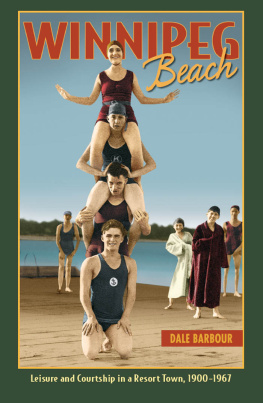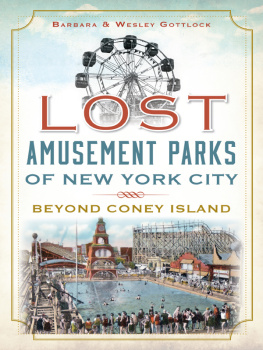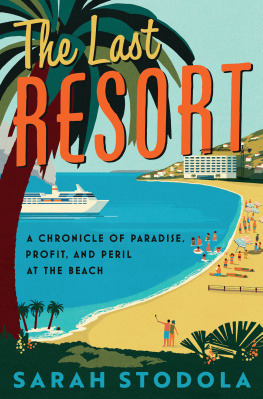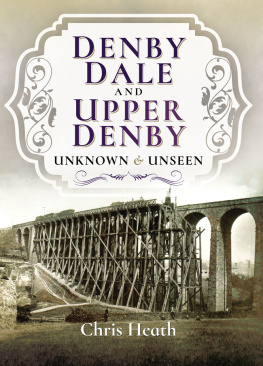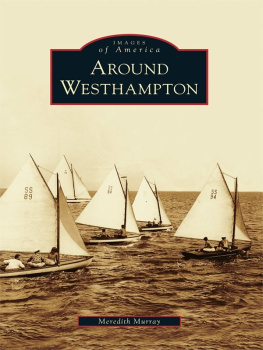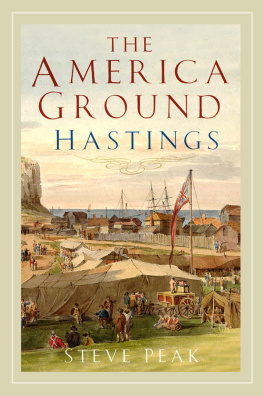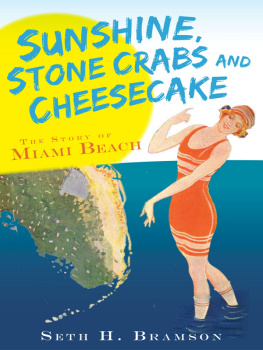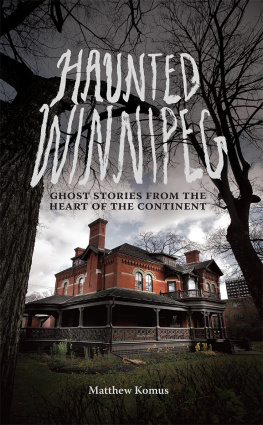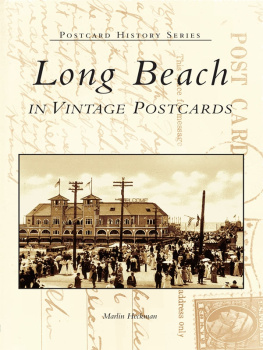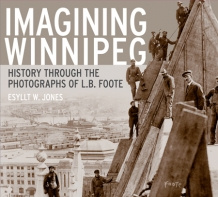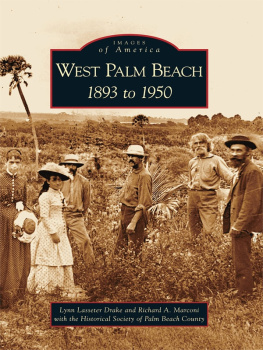I could not have done this without help.
My greatest debt is to the department of history at the University of Manitoba where the project began as a masters thesis. Gerry Friesen was invaluable as an advisor; providing a mixture of suggestions, advice, corrections, patience, and a dollop of get on with it when required. He exemplifies everything a student could imagine or ask of a scholar. I cannot imagine having done this work under anyone else. Adele Perry and David Churchill were both my teachers and members of my thesis committee and contributed to this book in both capacities. I would also like to thank University of Winnipeg professor John Lehr, the third member of my thesis committee, for his suggestions and his own contribution to the historiography of Winnipeg Beach. In various ways the instruction I received from Mark Gabbert, Greg Smith, Timothy Anna, and others at the University of Manitoba all made a contribution to this work. The University of Manitoba was also my place of employment while I was working on my masters degree and Id like to thank the department of public affairs for allowing me to live the double life of student and employee. Particular thanks go to Pat Goss in the department for being a great co-worker and sounding board for various Winnipeg Beach stories over the years. I also feel I would be remiss if I did not give a nod to the Creative Communications program at Red River College. Thank you, Irene Mann, for teaching me that words can sing.
The finishing touches on this book have been completed while I have been studying at the University of Toronto. I appreciate the tangible support of the university and the scholarly atmosphere of the department of history. Special thanks go to Steve Penfold for his help and advice on the final draft of this book and to Alison Norman and Julia Rady-Shaw for their input.
I will have more to say about the people who were interviewed in this book within the Note on Sources. However, I would like to acknowledge here that this book is as much their work as it is mine. If people had not been willing to share their memories, this book would not exist. The staff at the University of Manitoba Archives, the Archives of Manitoba, and the Canadian Pacific Archives helped me find many of the sources within this book. Once again, this book would not exist without their help.
While not quoted within the text, Fred Kelly shared his memories of Winnipeg Beachs Main Street and boardwalk, helping to clarify the location of rides and businesses. I would also like to thank Rob McInnes for sharing postcards of Winnipeg Beach and filling me in on the ins and outs of the turn-of-the-century postcard industry.
The team at the University of Manitoba Press has been exceedingly generous in taking this project on. I would like to thank David Carr and Cheryl Miki, for their help and support. Two anonymous readers lent their time and effort to reviewing this work and I appreciate their contribution to the final product. Laura Cardiff provided valuable copy-editing skills to shave the rough edges from my writing. What errors remain are my own. Finally, Glenn Bergen has been the front-man on this project and I would like to thank him for guiding it from thesis to publication.
Of course, none of this would exist if my parents John and Flo Barbour hadnt taken our family on trips to Winnipeg Beach, and other parks across Manitoba, when we were growing up, ensuring that Winnipeg Beach was part of my own history. Everything I do rests on the foundation of support they gave me growing up and continue to give me.

PRIMARY SOURCES
Oral History Sources
The History of Winnipeg Beach oral history project. The Boundary Creek District Development, funded by the Oral History Grants Program of Manitoba Culture, Heritage and Recreation, 1991. C2093C2140, Archives of Manitoba and the Hudsons Bay Company Archives.
Manitoba Gay/Lesbian Oral History Project. Manitoba Gay Lesbian Archives Committee, funded by the Oral History Grants Program, Manitoba Culture, Heritage and Citizenship, 1990. C1861C1903, Archives of Manitoba and the Hudsons Bay Company Archives.
Interviews with 18 people who travelled to or lived in Winnipeg Beach between the years of 1925 and 1965 were conducted between November 2007 and January 2008.
Newspapers
Lethbridge Herald
Minnedosa Tribune
Morning Telegram
Winnipeg Free Press (called the Manitoba Free Press until 1931)
Winnipeg Tribune
Government Publications
Report of the Manitoba Liquor Enquiry Commission, Winnipeg, 1955.
Archives
Canadian Pacific Archives
Archives of Manitoba
Hudsons Bay Company Archives
University of Manitoba Archives and Special Collections
Winnipeg Tribune Collection
SECONDARY SOURCES
Adams, Mary Louise. Almost Anything Can Happen: A Search for Sexual Discourse in the Urban Spaces of 1940s Toronto. In Moral Regulation, special issue of The Canadian Journal of Sociology/Cahiers canadiens de sociologie 19, 2 (1994): 217232.
______. The Trouble with Normal: Postwar Youth and the Making of Heterosexuality. Toronto: University of Toronto Press, 1997.
Agarwal, Sheela. Restructuring Seaside Tourism: The Resort Lifecyle. Annals of Tourism Research 29, 1 (2002): 2555.
Aiken, Don, and Chris Thain. It Happened in Manitoba: Stories of the Red River Province. Calgary: Fifth House, 2004.
Avila, Eric. Popular Culture in the Age of White Flight: Fear and Fantasy in Suburban Los Angeles. Berkeley: University of California Press, 2006.
Backhouse, Douglas C. Aspects of a Changing Rural Landscape: A Study of Possibilities for Retirement Community Development in Winnipeg Beach. MA thesis, University of Manitoba, 1989.
Badiuk, Vienna. Dance Hall Film Project. Winnipeg: Manitoba Culture, Heritage and Citizenship, Heritage Grants Program, 1998.
Bailey, Beth. From Front Porch to Back Seat. Baltimore: The Johns Hopkins University Press, 1988.
Bakhtin, Mikhail. Rabelais and His World. Bloomington: Indiana University Press, 1984.
Barman, Jean. Stanley Parks Secret: The Forgotten Families of Whoi Whoi, Kanaka Ranch and Brockton Point. Vancouver: Harbour Publishing, 2005.
Bell, David, and Gill Valentine. Mapping Desire: Geographies of Sexualities. New York: Routledge, 1995.
Berger, John. Ways of Seeing. London: BBC and Penguin, 1972.
Binnie, Jon. Trading Places: Consumption, Sexuality and the Production of Queer Space. In Mapping Desire: Geographies of Sexualities, edited by David Bell and Gill Valentine. New York: Routledge, 1995.
Blanchard, Jim. Winnipeg 1912. Winnipeg: University of Manitoba Press, 2005.
Boritch, Helen, and John Hagan. A Century of Crime in Toronto: Gender, Class, and Patterns of Social Control, 1859 to 1955. Criminology 28, 4 (1990): 567599.
Bowman, Joan. The Recreational Function and Related Problems of the Winnipeg Beach-Sandy Hook Section of the Lake Winnipeg Shoreline. MA thesis, University of Manitoba, 1966.
Boyer, Barbaranne. The Boardwalk Album: Memories of the Beach. Erin, ON: Boston Mills Press, 1985.
Braden, Donna R. Leisure and Entertainment in America. Detroit: Wayne State University Press, 1988.
Butler, Judith. The Judith Butler Reader. Edited by Sara Salih, with Judith Butler. Malden, MA: Blackwell Publishing, 2004.
Butler, R.W. The Concept of a Tourism Area Lifecycle of Evolution: Implications for Management of Resources. The Canadian Geographer

